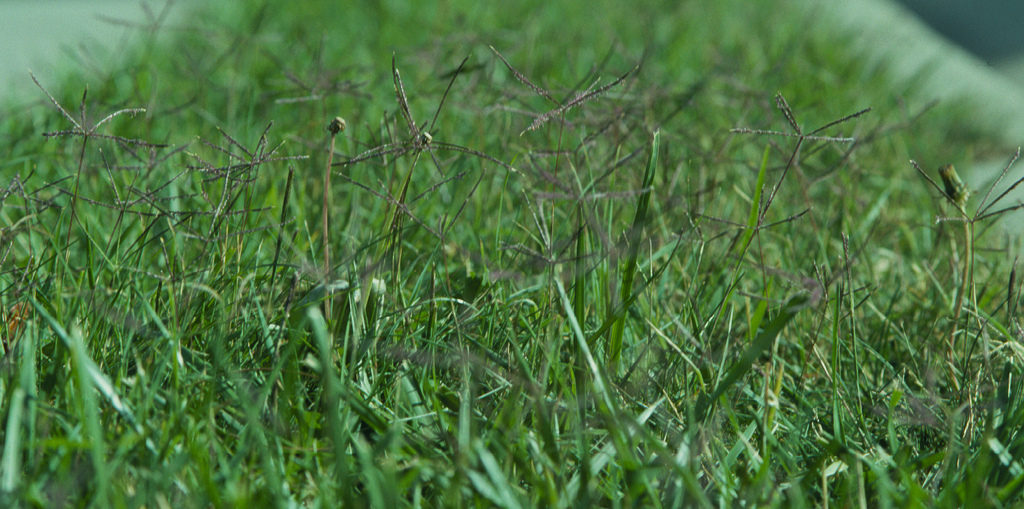How Do I Get Tall Fescue Out of My Bermudagrass?
go.ncsu.edu/readext?465435
en Español / em Português
El inglés es el idioma de control de esta página. En la medida en que haya algún conflicto entre la traducción al inglés y la traducción, el inglés prevalece.
Al hacer clic en el enlace de traducción se activa un servicio de traducción gratuito para convertir la página al español. Al igual que con cualquier traducción por Internet, la conversión no es sensible al contexto y puede que no traduzca el texto en su significado original. NC State Extension no garantiza la exactitud del texto traducido. Por favor, tenga en cuenta que algunas aplicaciones y/o servicios pueden no funcionar como se espera cuando se traducen.
Português
Inglês é o idioma de controle desta página. Na medida que haja algum conflito entre o texto original em Inglês e a tradução, o Inglês prevalece.
Ao clicar no link de tradução, um serviço gratuito de tradução será ativado para converter a página para o Português. Como em qualquer tradução pela internet, a conversão não é sensivel ao contexto e pode não ocorrer a tradução para o significado orginal. O serviço de Extensão da Carolina do Norte (NC State Extension) não garante a exatidão do texto traduzido. Por favor, observe que algumas funções ou serviços podem não funcionar como esperado após a tradução.
English
English is the controlling language of this page. To the extent there is any conflict between the English text and the translation, English controls.
Clicking on the translation link activates a free translation service to convert the page to Spanish. As with any Internet translation, the conversion is not context-sensitive and may not translate the text to its original meaning. NC State Extension does not guarantee the accuracy of the translated text. Please note that some applications and/or services may not function as expected when translated.
Collapse ▲Reader Question:
“The new house I purchased last year had a combination bermuda/tall fescue sod laid down by the builder. Now I have a yard that’s 65% bermuda with clumps of fescue popping up through out the yard.
For the last month, I have been cutting the grass relatively short to shock and kill the fescue allowing the bermuda to take over. To this point, that hasn’t happened yet. The result is a grass that isn’t an attractive shade of green and isn’t comfortable to walk on. In the areas that are completely bermuda, the lawn is a nice shade of green and is comfortable.
Is there any way to kill the fescue without damaging the bermuda? Will planting bermuda seed help speed up the transition from a mess to bermuda?”
Our Answer
Sounds like a tricky situation. Unfortunately, this situation is not uncommon. Lowering your mowing height as you suggest is one of the best ways to take out the fescue and encourage the bermudagrass. One reason you may not have had much luck yet is simply the weather. We have had a cool, relatively wet spring which the fescue loves and the bermudagrass does not. As we get into summer you will likely notice the fescue start to thin out and the bermudagrass begin to take over. So, I would just give your strategy a few more weeks before I gave up on it.
As far as seeding bermudagrass into the yard, I doubt that will help thin the fescue out any quicker. If you have 65% bermudagrass as you suggest, then adequate fertilization (1lb N per month during the summer) and lower mowing heights (1-2”) will do more to encourage your existing bermudagrass to spread than seeding new grass. 65% bermudagrass will turn into 100% very quickly (a few weeks).
Finally regarding chemical removal, spot treating with roundup is the most effective way to kill mature, clumpy tall fescue. There are herbicides labeled for use to kill tall fescue in bermudagrass, but control is ‘hit-or-miss’. Even with Roundup, mature tall fescue may still take repeat applications. Also, many of the selective herbicides are specialty herbicides that you will likely have to contract out the spraying services to a licensed pesticide applicator, unless you are comfortable with sprayer calibration and spraying. If this is something you want to pursue we can discuss further regarding herbicide selection and timing.
As for now, I would stick with your mowing strategy and see how many clumps remain through the summer. At that point, if there are not many I would spot-treat the clumps with Roundup and see how that works. After that point, you may want to pursue selective removal with another herbicide.



